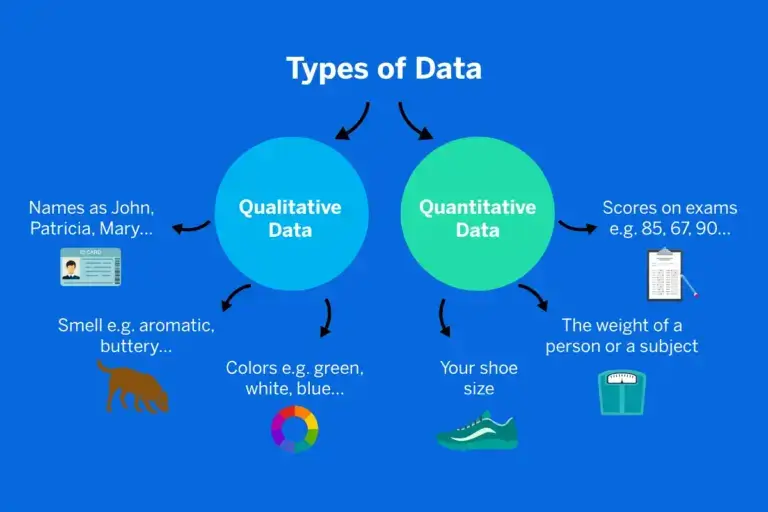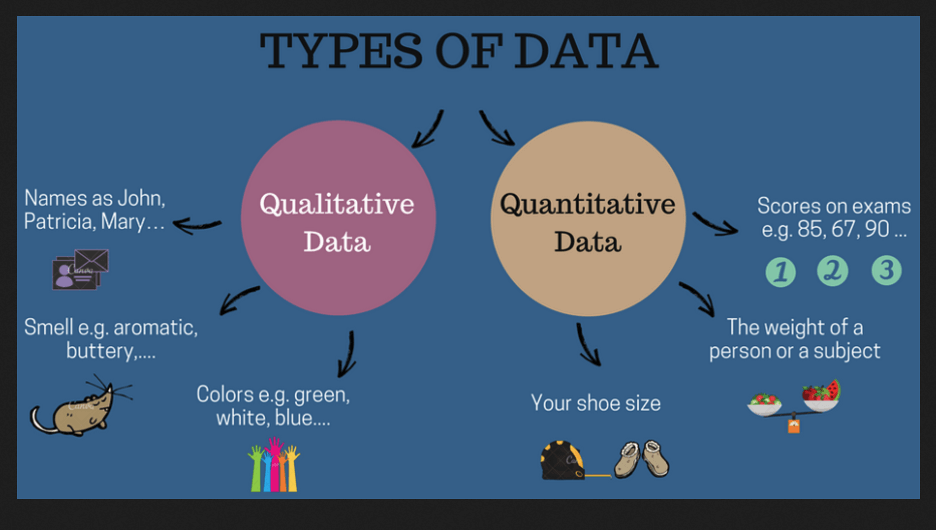How Association Test Affects Survey Data Analysis|2025
Learn how Association Test affects survey data analysis. Discover its role in identifying relationships, interpreting results, and improving data-driven decisions.
Association tests are pivotal tools in psychological and behavioral research, enabling researchers to uncover implicit attitudes, beliefs, and associations that individuals may not explicitly report. The Implicit Association Test (IAT), one of the most popular methods, has gained traction in survey data analysis for its ability to assess subconscious biases. This paper explores how association tests, particularly the IAT, impact survey data analysis, with a focus on validity, reliability, and methodological considerations. Additionally, it provides practical insights into creating and employing IATs using survey software, referencing key studies and discussions from Google Scholar.
Association Tests and Survey Data Analysis
Definition and Importance
Association tests, such as the IAT, are psychological tools designed to measure the strength of associations between mental representations of objects or concepts. Unlike traditional survey methods that rely on self-reported data, association tests capture implicit biases and attitudes that are often inaccessible through conscious introspection. This capability makes them invaluable for understanding nuanced aspects of human behavior and decision-making.
Role in Survey Data Analysis
When integrated into survey methodologies, association tests enhance data richness by providing an additional layer of insight. They are particularly useful in studies where social desirability bias or lack of self-awareness may influence responses. For example, in diversity and inclusion research, an IAT might reveal implicit racial biases that respondents are unwilling or unable to admit explicitly.
How Association Test Affects Survey Data Analysis PDF
The integration of association tests into surveys introduces several methodological and analytical shifts, as summarized below:
- Data Dimensionality: Association tests add a new dimension to survey data by combining explicit self-reports with implicit measures. This dual-layered approach allows researchers to cross-validate findings and identify discrepancies between explicit and implicit attitudes.
- Bias Reduction: Implicit measures help mitigate biases such as social desirability and acquiescence, providing a more accurate representation of underlying attitudes.
- Enhanced Predictive Power: Studies have shown that implicit attitudes, when combined with explicit responses, improve the predictive validity of survey models. For instance, combining an IAT with traditional survey questions about health behaviors can yield more robust predictions of actual behavior.
- Complexity in Analysis: The inclusion of association tests increases the complexity of data analysis, requiring advanced statistical techniques such as structural equation modeling (SEM) or multi-level modeling to interpret interactions between implicit and explicit measures.
For a more detailed exploration, researchers often seek comprehensive resources such as PDFs from academic journals, which discuss these impacts in depth.
Examples: How Association Test Affects Survey Data Analysis
To illustrate the practical application of association tests in survey data analysis, consider the following examples:
- Workplace Diversity: An organization conducts a survey to assess attitudes toward diversity. Alongside traditional Likert-scale questions, they include an IAT to measure implicit racial and gender biases. The findings reveal a significant gap between employees’ explicit endorsements of inclusivity and their implicit biases, prompting targeted interventions.
- Health Campaign Effectiveness: Public health researchers use an IAT to gauge implicit associations between sugary drinks and negative health outcomes. Survey data shows that while respondents explicitly acknowledge the health risks, implicit measures indicate a strong positive association with sugary drinks. This insight helps design more effective messaging strategies.
- Consumer Behavior: A marketing survey integrates an IAT to assess implicit brand preferences. The results indicate that despite positive explicit ratings for Brand A, implicit measures favor Brand B, guiding the company’s advertising strategy.
Implicit Association Test (IAT)
Overview
The IAT, introduced by Greenwald, McGhee, and Schwartz in 1998, measures the strength of associations between concepts (e.g., flowers vs. insects) and attributes (e.g., pleasant vs. unpleasant). The test’s underlying assumption is that faster response times indicate stronger associations.
Methodology
Participants are presented with paired stimuli and must categorize them as quickly as possible. For example, in a race IAT, categories like “Black” or “White” might be paired with attributes like “Good” or “Bad.” Reaction times are analyzed to infer implicit biases.
Applications
The IAT is widely used in various fields, including:
- Psychology: To study implicit attitudes toward race, gender, age, and other social categories.
- Marketing: To assess brand perceptions and consumer preferences.
- Health: To explore implicit attitudes toward healthy behaviors and medical treatments.
IAT Validity and Reliability
Validity
The validity of the IAT has been a topic of debate. While it is effective in measuring relative associations, critics argue that it does not provide absolute measures of bias. Moreover, context, test format, and participant familiarity can influence results.
Reliability
Test-retest reliability is moderate for the IAT, with coefficients ranging from 0.4 to 0.6 in most studies. While these values are lower than traditional psychological scales, they are acceptable given the test’s purpose of measuring dynamic and context-dependent associations.
Improvements in Validity and Reliability
Researchers have proposed several strategies to enhance the IAT’s validity and reliability:
- Refining Test Design: Simplifying categories and attributes to minimize confusion.
- Controlling for Context: Standardizing testing environments to reduce situational variability.
- Combining Measures: Using the IAT alongside explicit surveys for a comprehensive assessment.
Survey-Software Implicit Association Tests: A Methodological and Empirical Analysis
Modern survey software has enabled the integration of IATs into online surveys, expanding their accessibility and utility. However, this innovation presents unique methodological challenges:
- Design Considerations:
- Interface Design: Ensuring that the software’s interface supports rapid and accurate responses.
- Timing Accuracy: Online platforms must maintain precise timing to ensure the validity of response-time data.
- Randomization: Implementing randomization of stimuli to prevent order effects.
- Empirical Analysis:
- Participant Engagement: Online tests may suffer from reduced participant attention compared to lab-based studies.
- Technical Limitations: Variability in device and internet performance can introduce noise into response-time data.
Despite these challenges, advancements in survey software have made it possible to administer IATs at scale, opening new avenues for research.
How to Create an IAT Test
Creating an IAT involves several steps:
- Define the Research Question: Clearly articulate the implicit associations you aim to measure (e.g., race and good/bad).
- Select Categories and Attributes: Choose stimuli that are culturally and contextually relevant. For example, in a gender-career IAT, categories might include “Male” and “Female,” with attributes like “Career” and “Family.”
- Design Stimuli:
- Text-Based Stimuli: Use words representing the categories and attributes.
- Image-Based Stimuli: Incorporate images for a richer, more engaging test.
- Develop the Test Interface:
- Use survey software that supports response-time measurement and randomization.
- Ensure a user-friendly design to minimize errors and confusion.
- Pilot the Test: Conduct a pilot study to test the IAT’s functionality, timing accuracy, and clarity.
- Administer the Test: Distribute the IAT through online platforms, ensuring a diverse sample for generalizable results.
- Analyze Data:
- Calculate reaction time differences between compatible and incompatible pairings.
- Use statistical software to interpret results and test hypotheses.
Google Scholar Insights
Google Scholar is an invaluable resource for researchers exploring the intersection of association tests and survey data analysis. Key topics include:
- Methodological Advances: Studies on improving IAT design and administration.
- Empirical Applications: Case studies demonstrating the IAT’s utility in various research contexts.
- Critiques and Counterarguments: Discussions on the limitations and ethical considerations of implicit measures.
Researchers can leverage Google Scholar to access peer-reviewed articles, conference papers, and dissertations, ensuring a robust theoretical foundation for their work.
Conclusion
Association tests, particularly the IAT, have revolutionized survey data analysis by providing a window into implicit attitudes and biases. While challenges remain in terms of validity, reliability, and methodological complexity, advancements in survey software and research techniques continue to enhance their utility. By integrating implicit measures with traditional surveys, researchers can uncover deeper insights into human behavior, enabling more effective interventions and decision-making. Future research should focus on refining IAT methodologies and exploring innovative applications across diverse fields.
Needs help with similar assignment?
We are available 24x7 to deliver the best services and assignment ready within 3-4 hours? Order a custom-written, plagiarism-free paper




